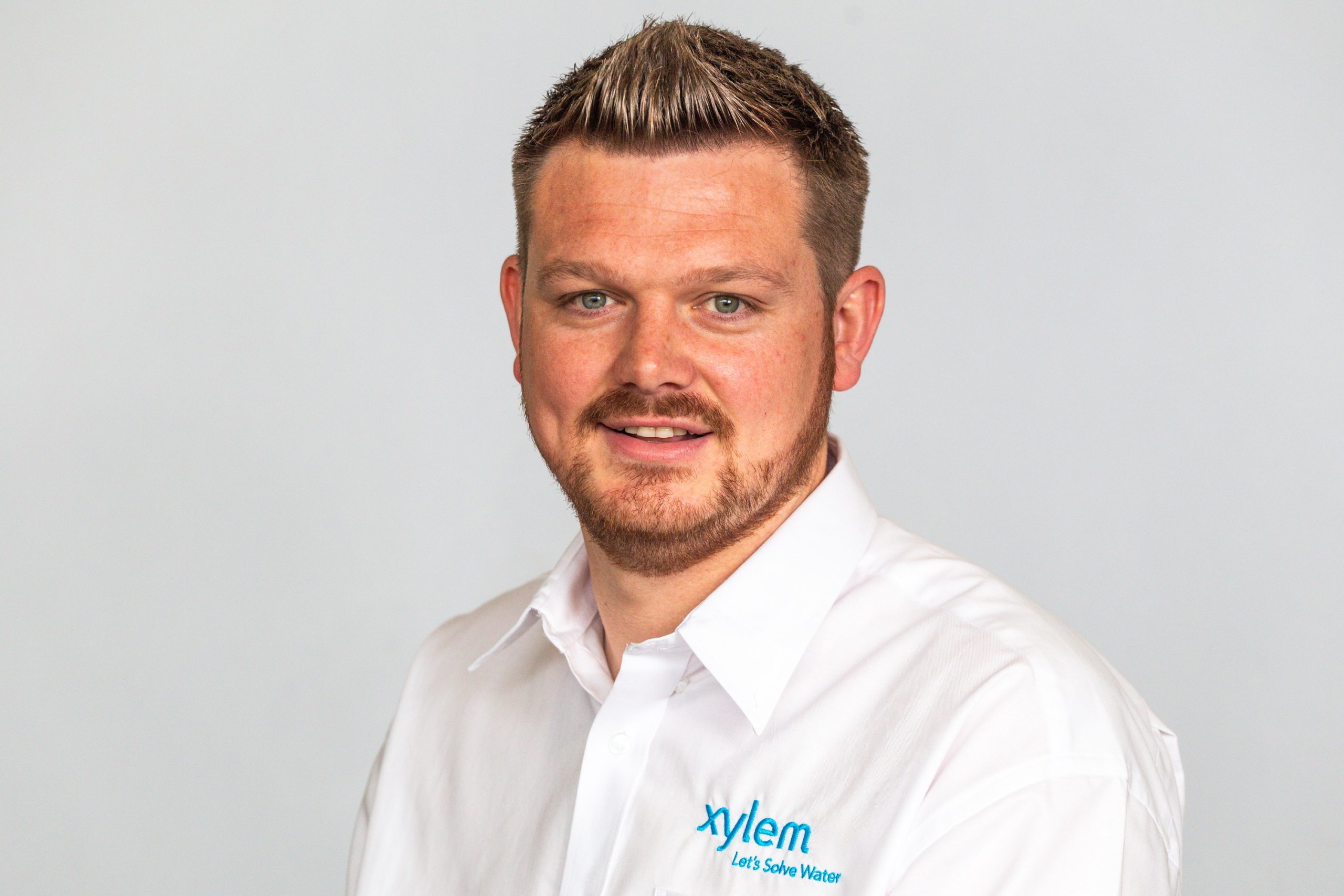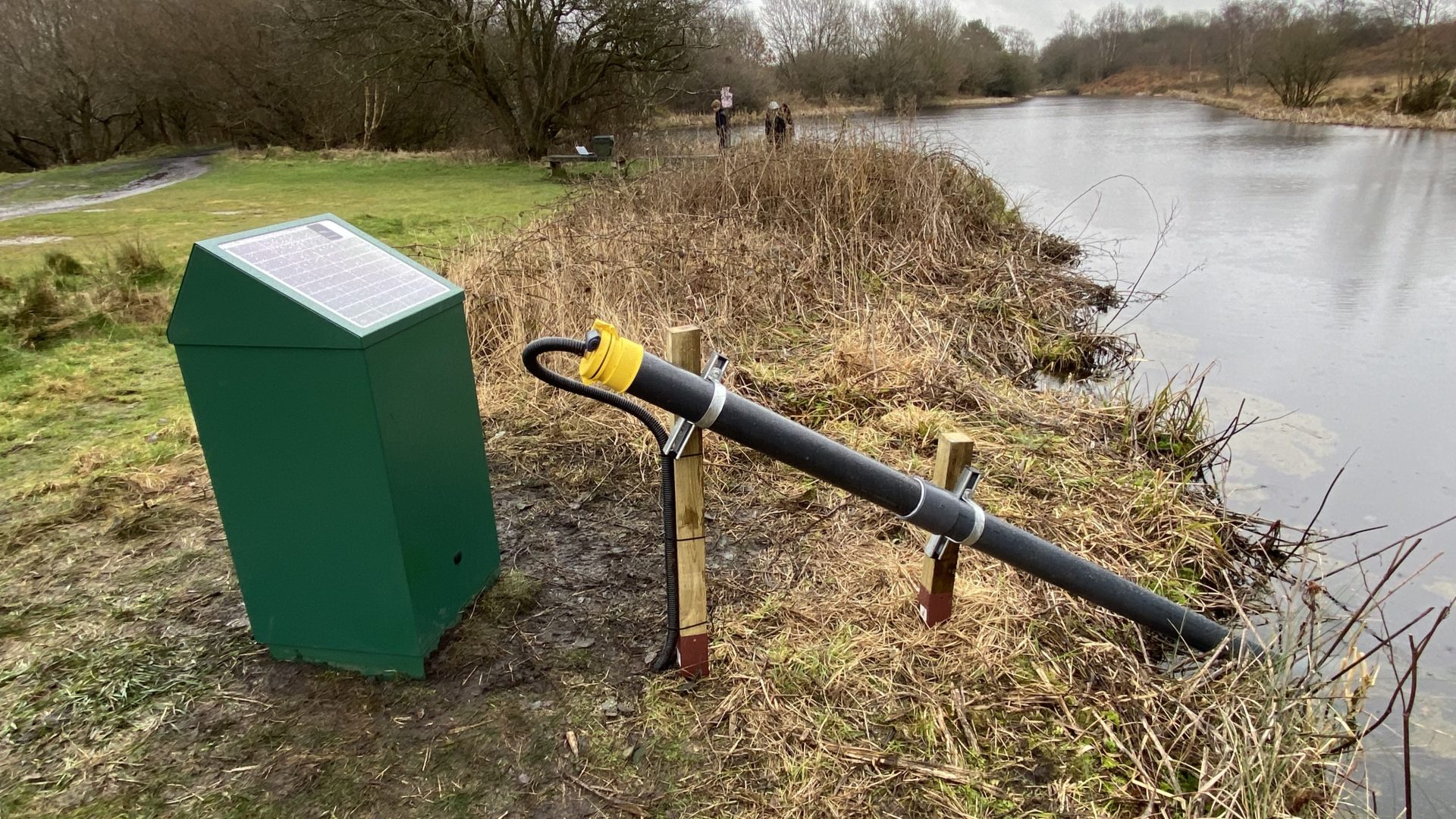
The Environment Act 2021 is driving major investment in water quality monitoring technology. As thousands of sensors are deployed, data management and visualisation must be key to strategies, writes James Chapman, environmental solutions business development manager at Xylem, ahead of the Water, Wastewater & Environmental Monitoring conference on 9-10 October 2024.
Implementation of the Environment Act 21 will provide a database of water quality information on a scale that England has never had before. Part 5 Section 82 of the Act states utilities must continuously monitor water quality upstream and downstream of the majority of storm overflow and sewage treatment works, which discharge into a watercourse.
The Act requires water companies to monitor for pH and temperature, turbidity, dissolved oxygen and ammonia at least every 15 minutes during storm overflows, and every hour at other times, with data published in near real-time. While this data will not solve the problem of pollution, it will allow utilities to assess the environmental impacts of overflows, pinpoint where the problems are and plan targeted improvement programmes, while also providing the public with reliable water quality information.
To meet the Act’s requirements, approximately 40,000 new multi-parameter sondes are expected to be deployed in rivers the length and breadth of the country, along with associated infrastructure, such as kiosks and deployment tubes. Key deadlines include the monitoring of all high priority sites, such as chalk streams and sites of special scientific interest, by 2030, with total rollout to be completed by 2035.
This is a major undertaking and installation programmes are already underway, supported by technology suppliers like Xylem. Key factors to be established in implementation strategies include sonde siting, health and safety, land access and central lab calibration. Of equal importance, is data management.
With potentially thousands of active monitoring stations in the field, it would take an army of people to view and interpret the data for each site.
One option is Data-as-a-Service (DaaS) – or Sensing-as-a-Service (SaaS) – a scalable model that can move responsibility for the network design, sensor installation, calibration, maintenance and data analytics to the manufacturer. HydroDaaS is Xylem’s SaaS system for water quality monitoring and can support companies that may not have the infrastructure in place to manage a large network of sensors.
While capturing data on this scale will give a national baseline of water quality information, the ultimate goal is to prevent overflows from occurring. For this, a more holistic view of the catchment is needed to give a deeper understanding of events.
One way this can be achieved is by combining water quality monitoring data with previously disparate datasets into a single platform, such as Xylem Vue Powered by GoAigua (XVPGA). Managing data in this way joins the dots to create a complete picture of network activity. This empowers operators to make intelligence-based decisions to control and reduce overflows, for example by using capacity elsewhere in the network.
These are just two examples of data-management solutions which are gaining momentum in the UK. The technology is moving fast and Xylem’s engineers are working towards smart systems that use algorithms and artificial intelligence to alert to problems on the network. These include an artificial intelligence catchment mapping platform, such as HydroSphere, which will process thousands of datapoints against normal status, to provide simple map visualisation with traffic light colour-coded alarms.
In the long-term, I am optimistic the digitisation of our river catchments will not only help meet Environment Act 21 requirements, but also drive significant improvements in river water quality – historically affected by an array of human activities. These outcomes will provide a route towards significantly reducing CSOs and enhancing river ecosystems for future generations.
The Water, Wastewater and Environmental Monitoring event takes place on 9-10 October at the NEC, Birmingham, UK. James Chapman will present on the topic ‘Sensing as a Service for Section 82 – HydroDaaS – a smart, serviceable, scalable CWQM catchment solution’ on Thursday 10 October at 12pm in the Regulatory Monitoring Conference area



